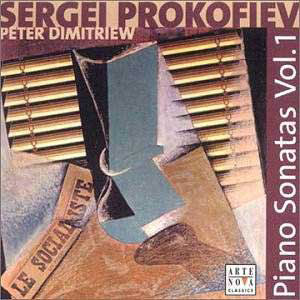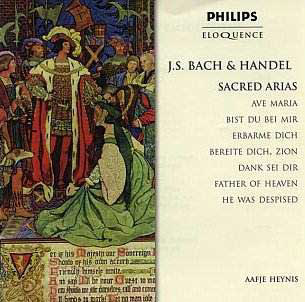 Composer: Sergei Prokofiev
Composer: Sergei Prokofiev
Works: Piano Sonata No. 8, Op. 84; Piano Sonata No. 9, Op. 103; Toccata, Op. 11
Performers: Peter Dimitriew, piano
Recording: Recorded June 2001, Moscow State Broadcasting and Recording House
Label: Arte Nova 74321 85291 2
Sergei Prokofiev’s piano sonatas, particularly those from his later years, embody the duality of the composer’s stylistic evolution — a blend of lyrical introspection and rhythmic vigor, often reflecting the tumultuous historical backdrop of early to mid-20th century Russia. This release marks the inaugural volume in a projected cycle of Prokofiev’s piano sonatas, intriguingly commencing with the later works, specifically Sonata No. 8 and Sonata No. 9, alongside the spirited Toccata, Op. 11. These selections offer a window into Prokofiev’s complex musical language, deftly capturing both his technical prowess and his emotive depth.
Peter Dimitriew’s interpretation of Sonata No. 8, a work that encapsulates Prokofiev’s mature style, is characterized by a focused clarity. The sonata’s opening Allegro moderato unfolds with a deceptive ease, with Dimitriew navigating the intricate interplay of lyrical lines and sharp accents with precision. His articulation emphasizes the contrasting elements inherent in the music, particularly the shifting from introspective passages to the vigorous demands of the more complex sections. The second movement, an Allegretto, reveals Dimitriew’s sensitivity, as he balances the whimsical and the melancholic with a deft touch, though at times one might desire a greater expressiveness to enhance the inherent drama of the piece.
In contrast, the Sonata No. 9, dedicated to the revered pianist Sviatoslav Richter, is imbued with a more subdued character. Dimitriew’s approach here is marked by restraint, reflecting the sonata’s introspective nature. The opening movement’s delicate textures are beautifully rendered, yet one feels that the interpretative choices could benefit from more boldness to fully unveil the “not immediately recognizable treasures” that Richter noted. The final movement, with its playful yet elusive themes, could possess a sharper rhythmic bite, which might enhance the overall narrative arc of the sonata.
The inclusion of the Toccata, Op. 11, acts as a refreshing contrast to the more reserved sonatas. Dimitriew brings a vibrant energy to this youthful work, capturing its ferocious rhythmic drive and technical demands. The recording captures the percussive qualities of the piano, allowing the listener to appreciate the intricate layering of rhythms and the exhilarating momentum that defines the Toccata. It is an engaging and vigorous performance that stands as a testament to Prokofiev’s early compositional brilliance.
The recording quality by Arte Nova is commendable, providing a spacious yet intimate sound that enhances the clarity of Dimitriew’s playing. The piano’s tonal richness is well-captured, allowing the listener to appreciate the subtle nuances in dynamics and articulation. However, when compared to the benchmark recordings by Vladimir Ashkenazy, one might argue that Dimitriew’s interpretations lack the same level of dramatic intensity and personality, particularly in the more lyric passages where Ashkenazy’s emotive involvement often leaves a lasting impression.
The cumulative effect of this CD presents an intriguing portrait of Prokofiev’s piano oeuvre, particularly as it explores the less frequented corners of his later period. Dimitriew’s performances, while occasionally lacking the vibrancy found in other interpretations, nonetheless reveal the depth and complexity of Prokofiev’s music. This release is a valuable addition to the catalog, offering insights into the evolution of one of the 20th century’s most significant composers, while also showcasing Dimitriew’s substantial technical abilities and thoughtful musicianship.



